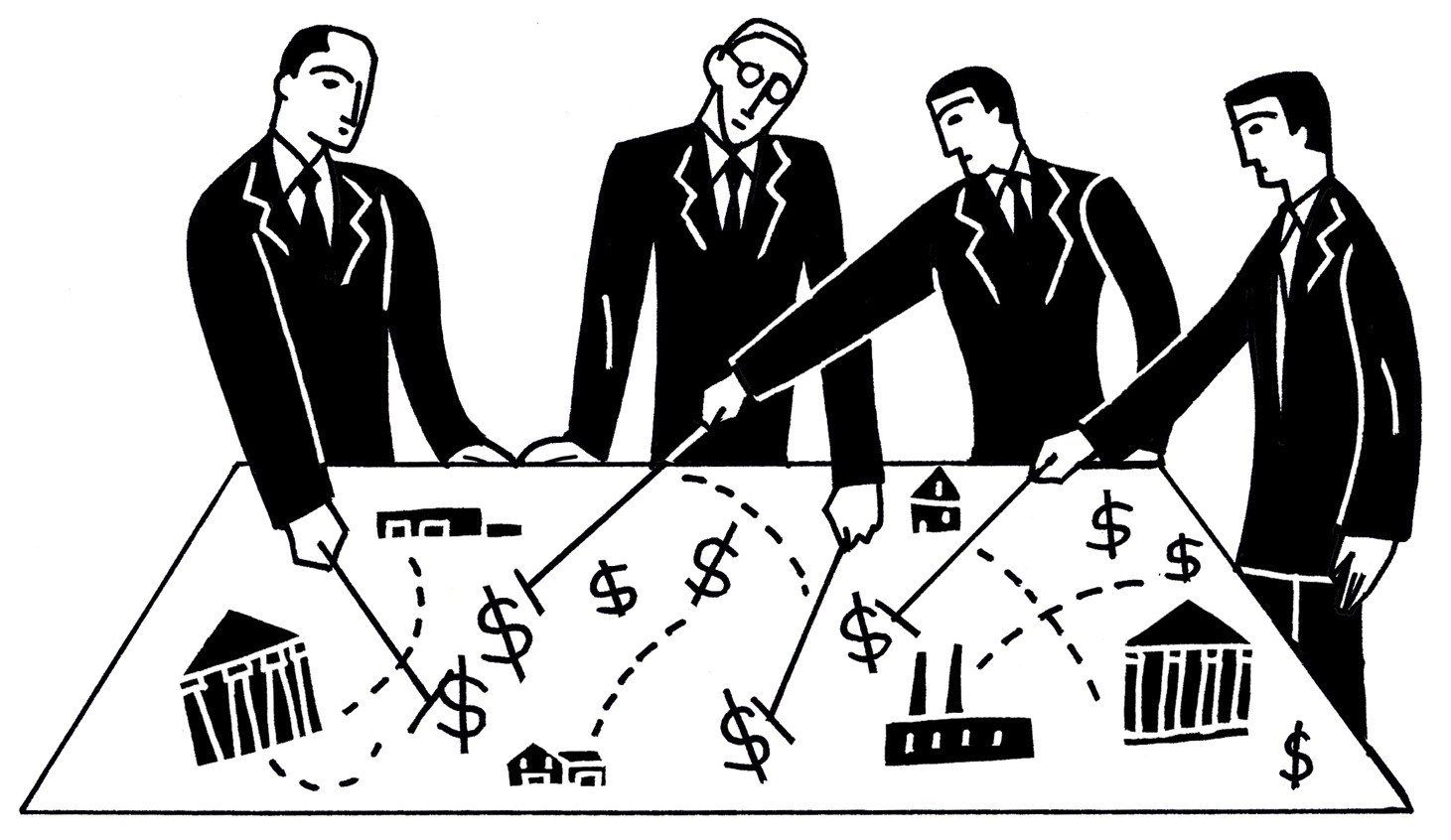On May 19, Iranians voted for President Hassan Rouhani to serve a second term with the hope of seeing reforms carried out in the country’s economic arena.
These were the same people who struggled with surging inflation, high unemployment and the consequences of international sanctions against the country over its nuclear program for many years in the runup to Rouhani’s first presidential term.
During his first four years in office, the economic team of the incumbent president made significant headway in righting the wrongs of the past years. Inflation was reined in and growth returned, though many other ailments, including high unemployment and banking crisis, still persist.
As senior economist Mousa Ghaninejad has put it, the Rouhani administration inherited “an economy in ruins” from the previous administration.
Rouhani’s reelection, naturally, raises expectations that during his second term, he and his new economic team should carry on with economic reforms and raise the living standards of Iranians.
Here, many experts and observers believe the government is missing out on something crucial: something that has been lacking throughout the years and in governments that have come to power since the Islamic Revolution of 1979.
The absence or weak presence of renowned economists as advisors to offer solutions for economic ailments in Iran has been a conspicuous deficiency.
Renowned Iranian Economists Worldwide
According to the Persian monthly Ayandehnegar, about 170 well-known Iranian economists are living abroad, with half of this number currently living and working inside the country.
They are seldom given the space to enter the game while their advisory role can help remedy the longstanding economic woes facing the country.
The most cited Iranian economist in the world is Mohammad Hashem Pesaran from the University of South California with over 64,930 citations up to the date of this writing. Next is Mohsen Bahmani Oskouyi from the University of Wisconsin, Milwaukee, with over 12,500 citations.
Following are Javad Salehi Isfahani (3,930) and Esfandiar Masoumi (3,720) from Virginia Tech and Emory University respectively; Hadi Salehi Isfahani (2,130) from University of Illinois at Urbana-Champaign; Mohammad Reza Farzanegan (820) from Germany’s Philipps-University of Marburg; Kamyar Mohaddes (700) from the University of Cambridge; Behnaz Sabouri (680) from Malaysia’s Universiti Teknologi; Mehdi Raeisi (540) from the International Monetary Fund; and Hassan Qolipour Fereydouni (520) from Australia’s Swinburne University of Technology.
“I have never been called upon by any member of the government … and I believe many other economists are in the same boat as me. But elsewhere in the world, economists are not treated as such. In developed countries, the economy is influenced by major strategies. These strategies are designed through the cooperation of governments, policymakers and economists,” Ghaninejad told the monthly, a publication of Tehran Chamber of Commerce, Industries, Mines and Agriculture, in an interview.
“In Iran and in the absence of economists, some experts come up with development plans, which no official feels inclined to abide by. This is why over 50% of the country’s previous five development plans were not realized. In developed countries, it’s the economic advisors who show the governments, ministers and executive managers where to go next and the systems governing the economy are scientific ones.”
The Iranian government comes up with development plans every five years, setting budgetary and economic development targets for the future ahead. The latest in effect is the Sixth Five-Year Development covering March 2017-18 fiscal year to March 2022-23.
“Despite the presence of over 50 or 60 well-known economists in the country, they are not given a role to play. Without them, conflicting policies are designed and implemented, while successive governments negate the policies of the previous ones and waste the resources,” Ghaninejad added.
Signs of Hope
There are signs of hope, however, as Rouhani is making moves in this regard. He has taken the liberty of defining a new title in the array of Iranian vice presidents and appointed Mohammad Nahavandian as his deputy for economic affairs in August. Nahavandian has been the president’s chief of staff since 2013.
A couple of days earlier, Masoud Nili had been tapped as President’s special aide for economic affairs and the secretary of Economic Coordination Headquarters. The veteran economist was the president’s senior advisor in the past four years.
There are other officials in the administration, bearing “economy” in their titles such as First Vice President Es’haq Jahangiri who doubles as the head of the Resistance Economy Command Headquarters. Whether the measures taken for appointing new members to the economic team can be successful in bringing about what Iranians demand, which is a stable economy that can benefit everyone, depends on how duties, roles and responsibilities are outlined in each of these positions and the officials’ ability to work in coordination to prevent task duplication.
Above all, the need to place meritocracy on top of the requirement list before assigning economic roles to officials is perhaps more pressing than ever.



